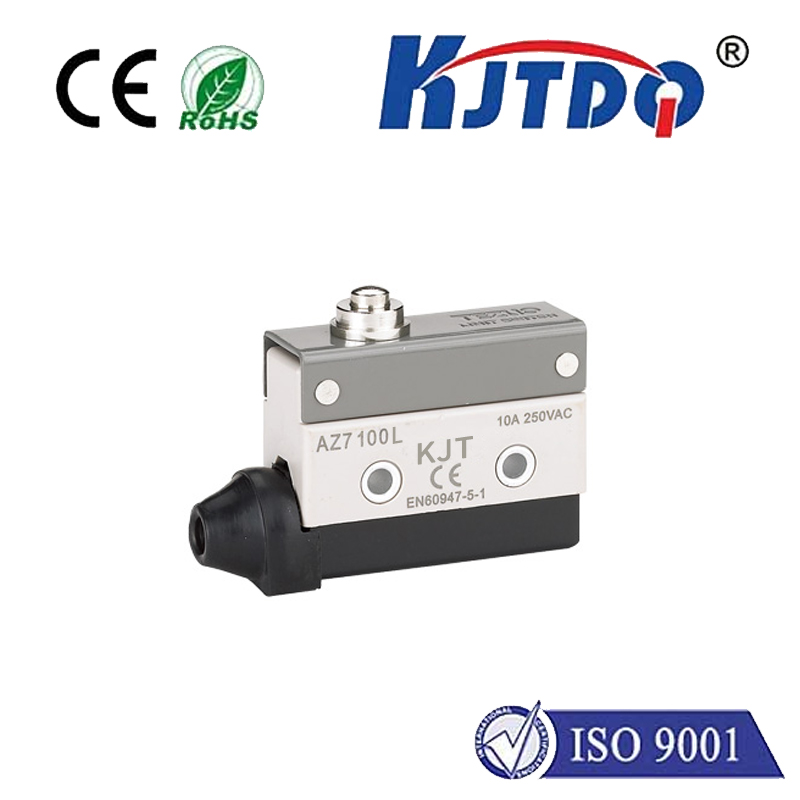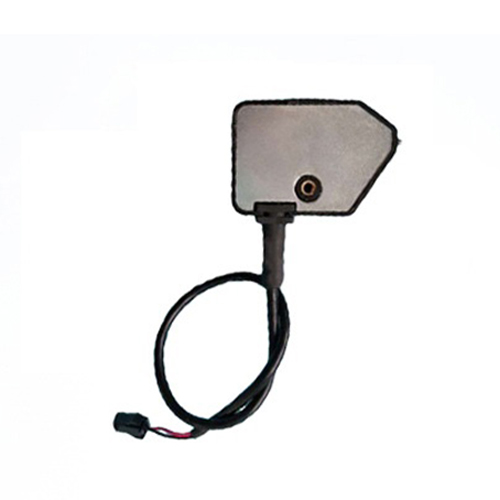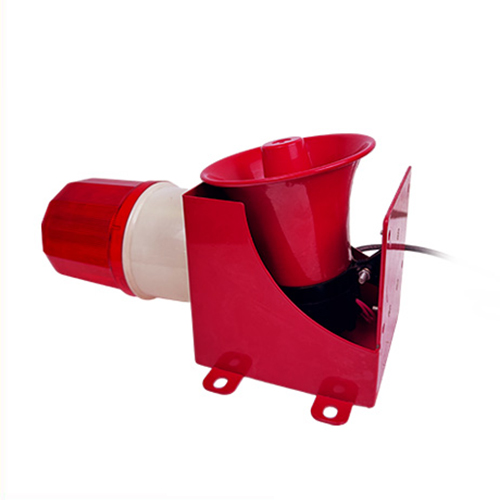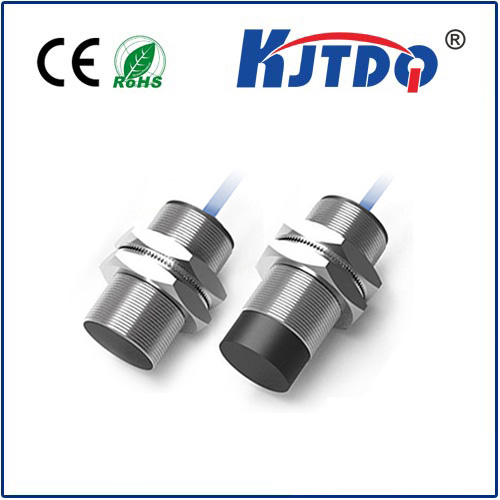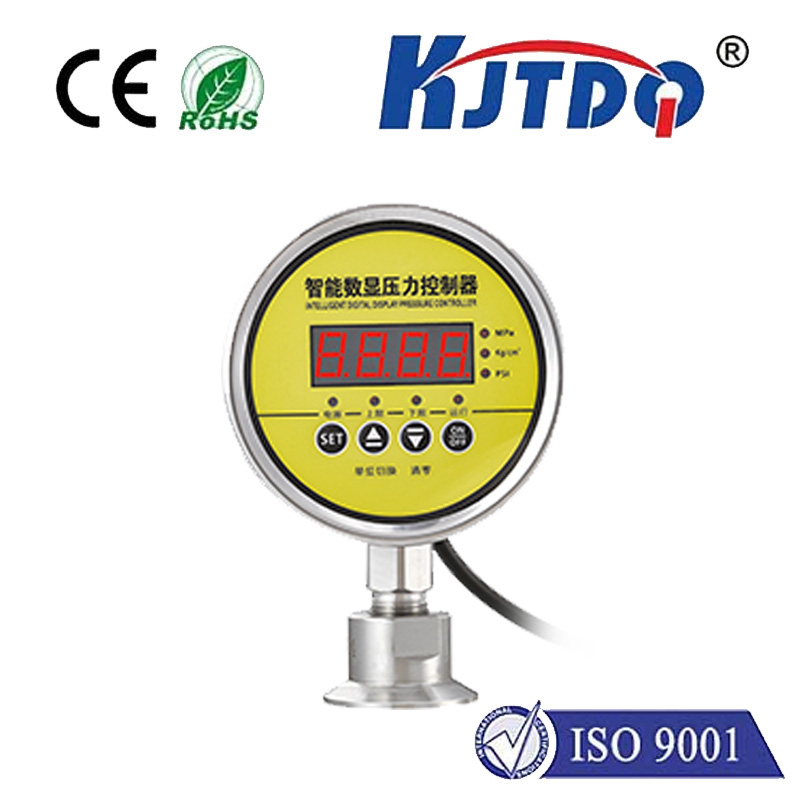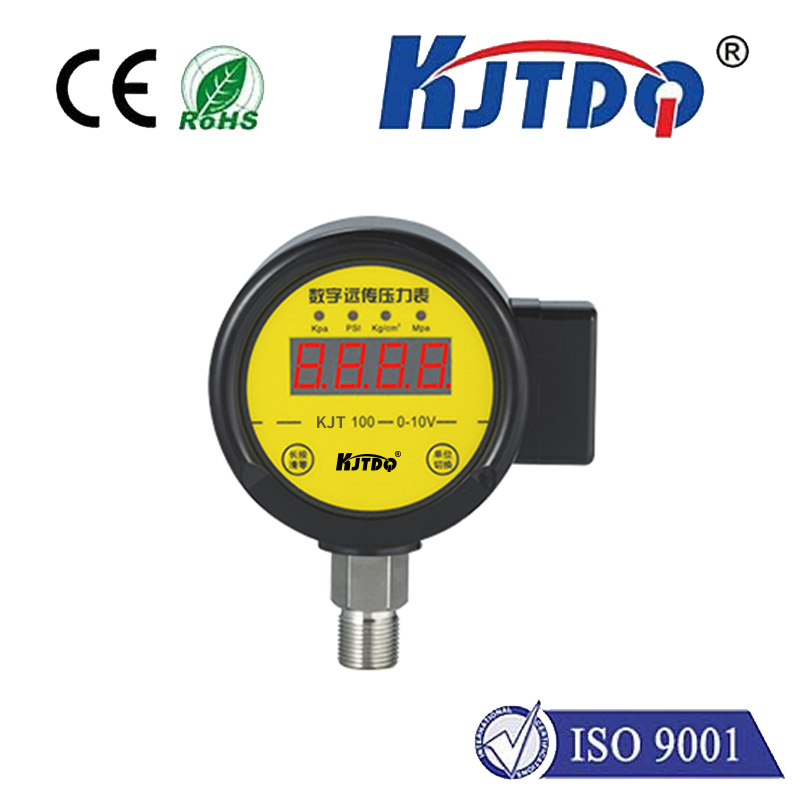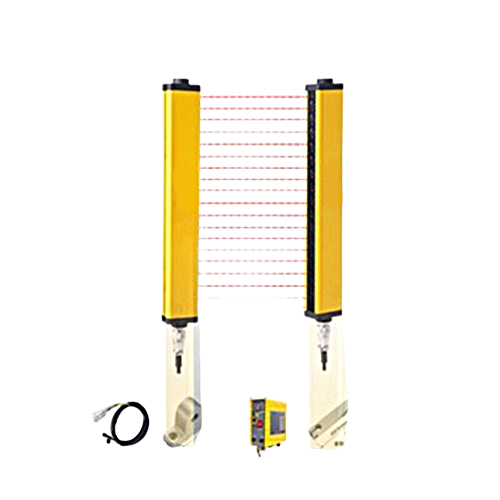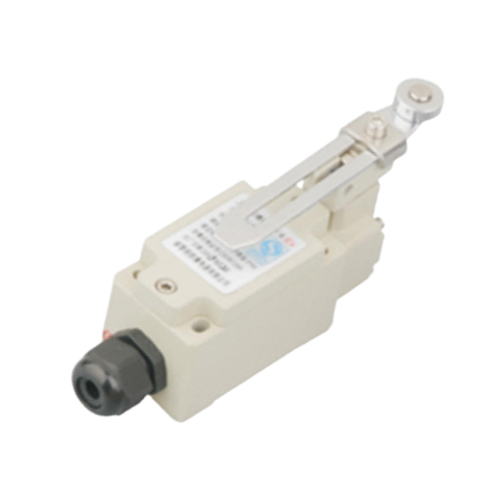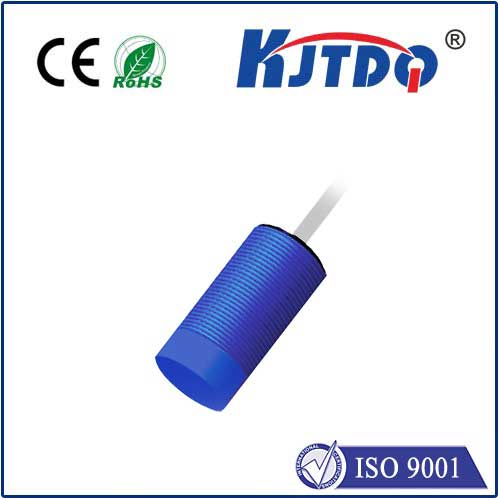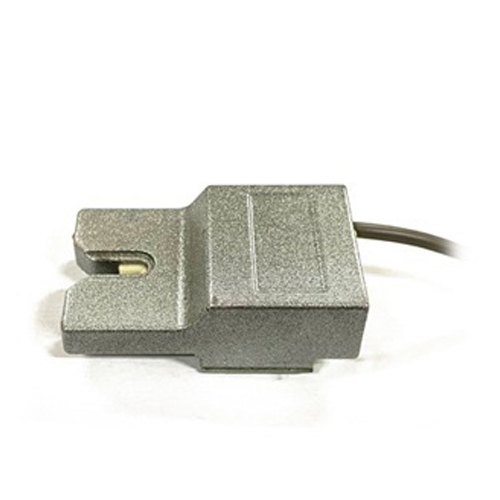

check

check

check

check

check

check

check

check

check

check
Imagine spending hours meticulously setting up a complex workpiece on your CNC machine, only to discover a subtle misalignment after the first cut. Scrap material, wasted time, frustration. This scenario, a nightmare for machinists and manufacturers, underscores the paramount importance of achieving perfect workpiece zeroing. This is where the sophisticated technology of the optical edge finder touch point sensor shines, revolutionizing setup accuracy and efficiency in modern machining environments.
Beyond the Probe: Defining the Optical Edge Finder Touch Point Sensor
At its core, an optical edge finder touch point sensor is a highly specialized instrument designed for one critical task: pinpointing the precise physical edge of a workpiece or fixture with microscopic accuracy. Unlike traditional mechanical edge finders that rely on physical contact and an operator’s keen eye observing deflection, optical sensors integrate advanced photonics.
Here’s the fundamental principle: The sensor typically contains a focused light source (often LED-based) and a high-resolution optical receiver. As the sensor approaches the workpiece edge within its calibrated sensing range, the emitted light beam interacts with the material. The key moment occurs when the beam is just interrupted or reflected in a specific, measurable way as the tool tip makes light contact with the edge – the touch point. Sophisticated electronics within the sensor detect this subtle change in light pattern with extreme sensitivity, triggering an instantaneous signal.

This signal is communicated directly to the CNC machine control. Crucially, the control system knows the exact position of the machine spindle (and thus the sensor) at the precise nanosecond the touch point is confirmed. This allows it to capture the workpiece edge coordinates with remarkable precision, often down to microns (µm), automatically setting the workpiece zero or datum point in the machine’s coordinate system.
Why Optical Edge Finders Are Transforming Machining Setups
The shift from purely mechanical or electronic probe methods to advanced optical touch point sensors offers compelling advantages:
Optical vs. Traditional: A Clear Advantage
| Feature | Mechanical Edge Finder | Electronic Touch Probe | Optical Touch Point Sensor |
|---|---|---|---|
| Principle | Physical Deflection | Physical Contact / Switch | Light Beam Interruption |
| Precision | Moderate (User-Dep.) | High | Very High (Sub-µm Rep.) |
| Speed | Slow | Moderate | Very Fast |
| Contact Force | Significant | Moderate | Very Light / Minimal |
| Operator Skill | High Required | Moderate | Low (Automated) |
| Risk of Damage | Moderate (Workpiece) | Low-Mod (Sensor/Work) | Very Low (Workpiece) |
| Delicate Mats | Poor | Risky | Excellent |
| Auto Integration | None | Yes | Yes |
Practical Applications: Where Optical Touch Point Sensors Excel
The precision and speed of optical edge finder touch point sensors make them indispensable in numerous scenarios:
Bringing Precision to the Forefront
The optical edge finder touch point sensor is far more than just a tool; it’s a significant technological leap in CNC machining setup. By harnessing optical detection to identify the touch point with unparalleled speed and micron-level accuracy, it eliminates a major source of error and inefficiency. For shops focused on maximizing uptime, achieving flawless quality, handling delicate work, or moving towards automation, investing in this technology isn’t just an upgrade – it’s becoming a strategic necessity to stay competitive in the demanding world of precision manufacturing. It transforms the critical step of finding an edge from a potential bottleneck and risk point into a reliable, automated, and highly precise foundation for successful machining.
